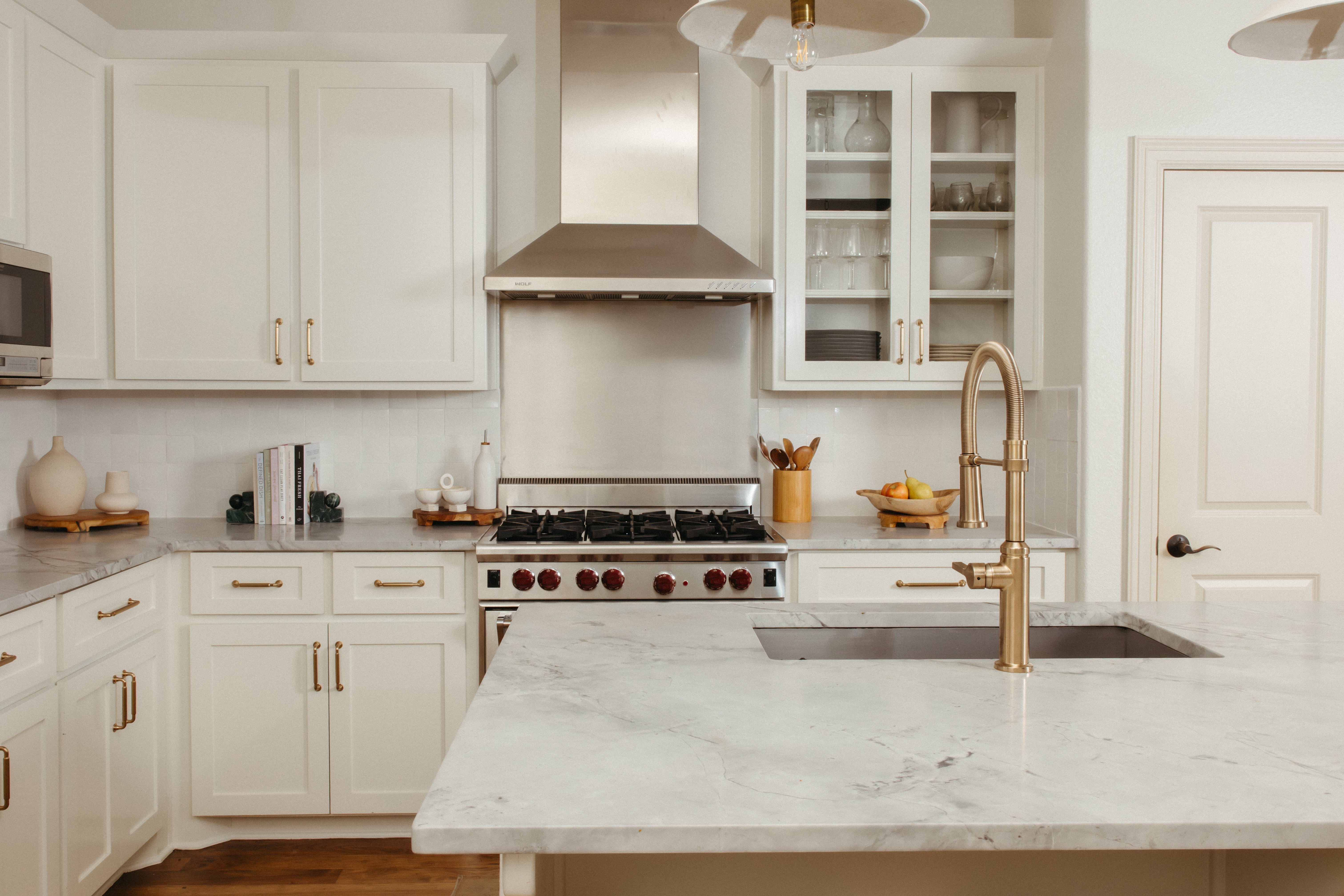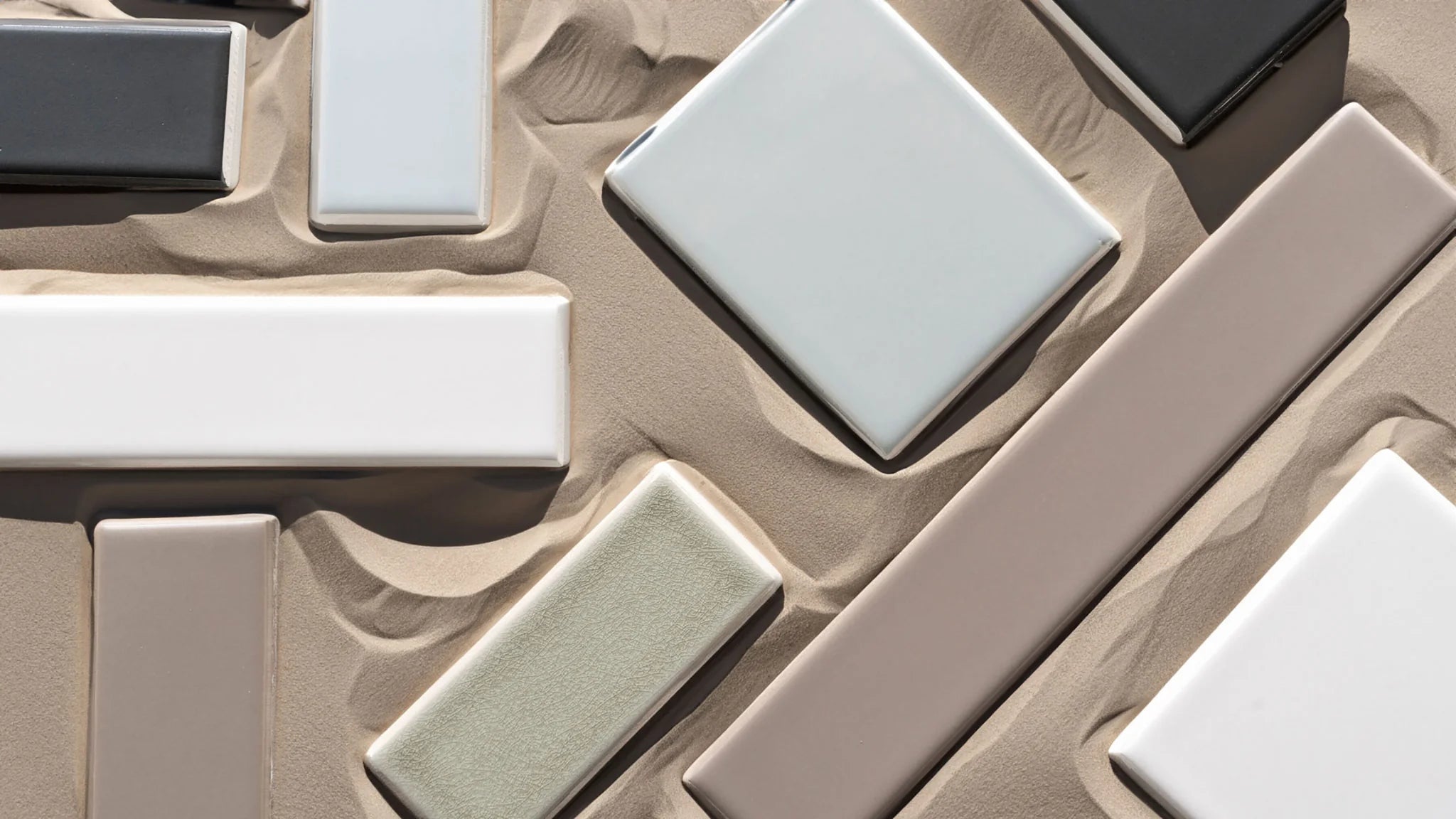How breeze blocks developed in Brazil
By Clay Imports
When you try to imagine a breeze block, chances are that you imagine a big, concrete block designed for construction. Building blocks are one of the most reliable construction materials, but when it comes to design, you don’t have to get stuck with a big, gray square; there are many different types of building blocks, like our terracotta breeze blocks. When it comes to creating an harmonious blend of functionality and aesthetics this choice of breeze block is a favorite for amateurs and experts alike.
These decorative perforated blocks have not only stood the test of time but have also left an indelible mark on architectural history. In this article, we will discuss what cobogó means, their relationship to Middle Eastern and Asian breezeway designs, their relevance in contemporary architecture, and how our clay breeze blocks pay homage to this iconic design element.
- The History of Cobogós
- Cobogós and Middle Eastern & Asian Breezeway Designs
- Cobogós: the contemporary breeze block

Posted on Wikimedia Commons
The History of Cobogós
Cobogós (pronounced "koh-boh-gohs,") originated in Brazil in the early 20th century. They were conceptualized by three architects and their name is a combination of the architects’ last names: Amadeu Coimbra (Portugal), Ernest Boeckmann (Germany), and Antônio de Góis (Brazil).
Initially, cobogós were typically made of man-made cement and born out of the need for privacy, ventilation, and light. They were a cheap and effective way to create a fresh and cool environment into houses in the tropical Brazilian climate. But in the 50’s, architects in the “West” realized its aesthetic sense and began to implement it as a decorative element in almost every environment.

Cobogós and Middle Eastern & Asian Breezeway Designs
Even though they were created in Brazil, the influence for cobogós can be traced back to Middle Eastern and Asian breezeway designs. These breezeways, called Muxarabi, consist of a wooden lattice installed on the balconies and windows of houses and are a traditional element of Arab architecture. The intricate lattice work and geometric patterns found in cobogós bear a striking resemblance to the delicate screens and intricate stonework commonly seen in these muxarabis. Additionally, stacking clay bricks has been a technique for centuries to create breezeway designs in hotter climates.
In these regions, such architectural features are not just practical; they also play a significant cultural and aesthetic role, connecting buildings to their surroundings and creating captivating plays of light and shadow.

Installation and photo by Kreuzer Tile
Cobogós: the contemporary breeze block
After being in disuse for a couple of decades, the idea of cobogós has transcended time and geography to become a hallmark of contemporary breeze block design and one of the most compelling trends in design in 2023 and 2024. We can find them on facades, as a room divider, for the dividing walls of swimming pools and patios, in industrial buildings, schools and playgrounds and in neighborhood common areas. But one of our favorite uses for breeze blocks is indoors. Our terracotta breeze blocks offer a distinctive touch and are a trend in interior design.
Architects and designers worldwide have experimented and mastered the versatility and beauty of these blocks in modern contexts. Contemporary breeze blocks, inspired by cobogós, now come in various shapes, sizes, and patterns, offering endless possibilities for creative architectural expression.

Posted on Flickr as Cobogó | Photo by Matheus Hidalgo
Of course, material options have also diversified. Our clay breeze blocks proudly carry forward this historical piece of architecture, paying homage to the elegance and functionality of cobogós. Crafted with precision and care. They not only provide excellent ventilation and privacy but also showcase intricate designs inspired by cobogós and add a touch of sophistication to any architectural project.




 Share
Share
 Pin it
Pin it






